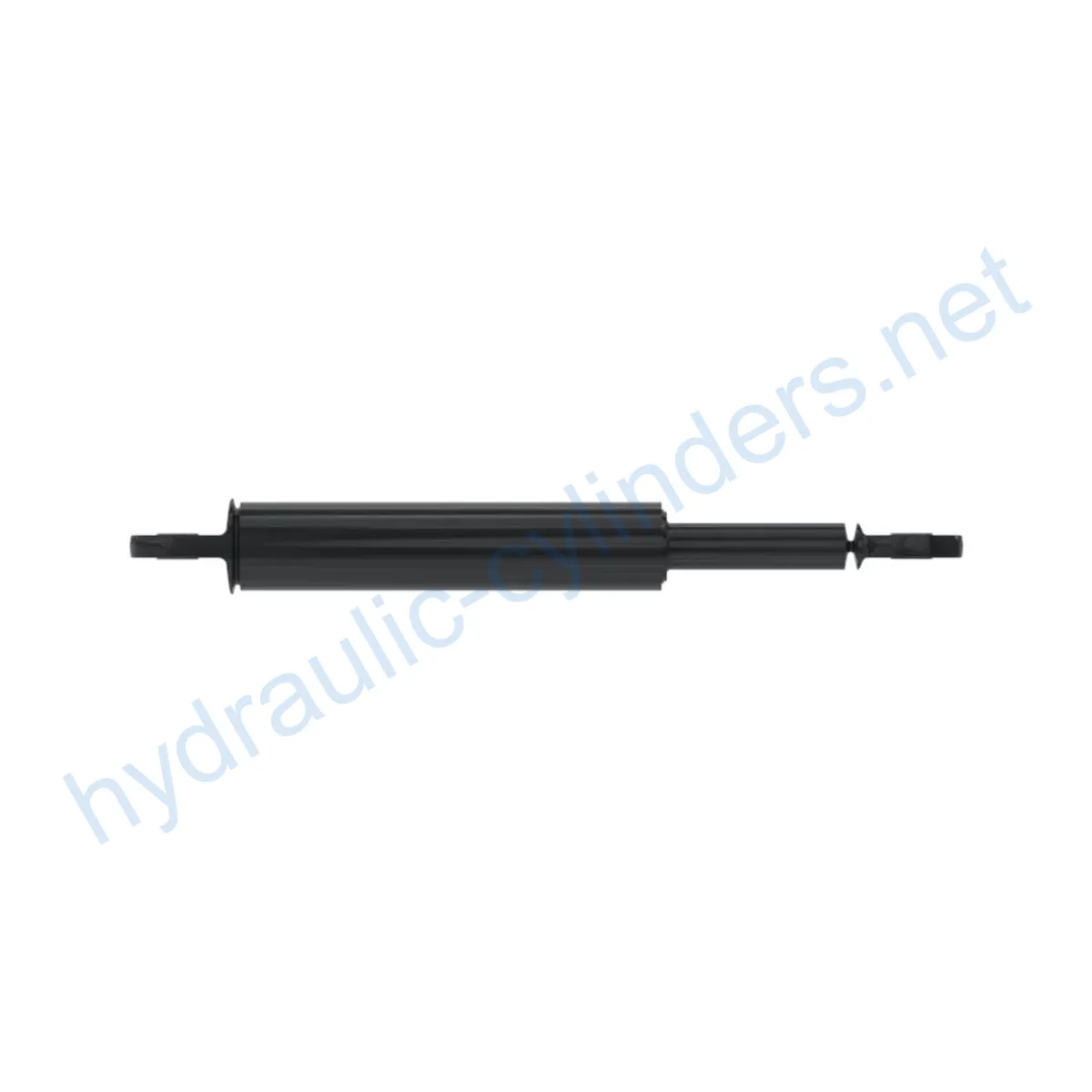Replacement Of F712436 Hydraulic Steering Cylinder
Som en av produsentene, leverandørene og eksportørene av mekaniske produkter tilbyr vi hydrauliske sylindere og mange andre produkter.
Ta kontakt med oss for mer informasjon.
Post:sales@hydraulic-cylinders.net
Produsent, leverandør og eksportør av hydrauliske sylindere.
Introduction
The Replacement Of F712436 Hydraulic Steering Cylinder is a hydraulic cylinder replacement product. It is used to replace damaged or worn-out hydraulic cylinders to restore the normal operation of equipment. The product specifications are a weight of 90.189 lb, height of 6 in, and length of 36 in. It is compatible with 1010E, 1070E, 1070G, 1110E, 1110G, 1170E, 1170G, 1210E, 1210G, 1270D, 1270E, 1270G, 1410D, 1470D, 1470E, 1470G, 1490D, 1510E, 1510G, 1710D, 1711D, 1910E, and 1910G models.
Specifications and Models
The Hydraulic Steering Cylinder has a weight of 90.189 lb, a height of 6 in, and a length of 36 in. It is compatible with 1010E, 1070E, 1070G, 1110E, 1110G, 1170E, 1170G, 1210E, 1210G, 1270D, 1270E, 1270G, 1410D, 1470D, 1470E, 1470G, 1490D, 1510E, 1510G, 1710D, 1711D, 1910E, and 1910G models.
Features
Improved Equipment Performance
Replacing damaged or worn-out hydraulic cylinders can restore the equipment’s normal operation and performance in various applications.
Enhanced Safety
Regular replacement of hydraulic cylinders can reduce safety hazards caused by cylinder failures, ensuring the safety of operators and equipment.
Overload Protection
New cylinder designs usually consider better overload protection mechanisms to improve safety.
Quick Installation
Modern hydraulic cylinder designs usually consider ease of installation and replacement, reducing downtime.
Standardized Components
Many hydraulic cylinders are standardized products, making it easy to obtain replacement parts in the market.
Applications
The hydraulic cylinder is widely used in various heavy-duty equipment, including excavators, cranes, tractors, harvesters, automated production lines, mining equipment, bulldozers, etc. Here are some examples:
Excavators
The hydraulic cylinder is used in the arm or bucket of the excavator. It may be damaged due to long-term use or overload and need to be replaced to restore normal operation.
Cranes
The lifting arm hydraulic cylinder of the crane is prone to wear during frequent lifting and lowering and needs to be replaced regularly to ensure safety.
Tractors
The front loader hydraulic cylinder of the tractor may leak or decrease in performance during continuous lifting and tilting operations, requiring replacement.
Harvesters
The hydraulic system of the harvester is under high pressure during the harvesting process. The cylinder may be damaged due to fatigue, and timely replacement is necessary to maintain work efficiency.
Automated Production Lines
The hydraulic cylinder is used to control robotic arms and other automation equipment. If the cylinder fails, it will affect production efficiency and requires immediate replacement.
Mining Equipment
The hydraulic cylinder is used to lift and move heavy objects in mining equipment. Due to the harsh working environment, regular inspection and replacement are necessary to avoid equipment failures.
Bulldozers
The wear of the hydraulic cylinder on the bulldozer’s dozer blade will lead to decreased pushing capacity and needs to be replaced in time to maintain work efficiency.
Maintenance Tasks
Regular Inspection
Regular inspection of the hydraulic cylinder can detect problems in time and avoid potential failures.
Proper Lubrication
Regular lubrication can reduce friction and wear, prolonging the service life of the hydraulic cylinder.
Seal Replacement and Calibration Check
Regular replacement of seals and calibration checks can ensure that the hydraulic cylinder operates within the correct parameters, reducing the risk of failure.
Safety Considerations and Environmental Factors
When using hydraulic cylinders, safety precautions are necessary. Leakage may cause environmental pollution, and hydraulic oil is hazardous to human health. It is essential to wear protective gear and follow proper handling procedures to avoid injury and environmental damage.
Troubleshooting and Common Problems
Common problems with hydraulic cylinders include leaks, worn seals, and damaged surfaces. Troubleshooting tips include inspecting for visible damage, checking the fluid level, and examining the seals and surfaces for wear and damage. Solutions may involve replacing the damaged components, cleaning, or lubricating the cylinder.
Design Considerations and Selection Criteria
Bearing Capacity
The hydraulic cylinder should be able to withstand the load requirements of the equipment it is used in.
Sealing
Using appropriate sealing materials and designs can prevent leaks and extend the service life of the hydraulic cylinder.
Durability
The hydraulic cylinder should be able to withstand the harsh operating conditions of the equipment it is used in.
Safety
Designs that consider overload protection and safe operation can reduce the risk of accidents and injuries.
Maintainability
Designs that consider ease of maintenance, including replacement and inspection, can reduce downtime and maintenance costs.
Company Introduction
We are a leading manufacturer and wholesaler of hydraulic cylinders in the domestic and international markets. Our product range is comprehensive, and we offer customized services to meet different customer needs. We are committed to providing high-quality products and excellent after-sales services to our customers.
Take a Tour of Our VR Factory:
Take a tour of our VR factory with the following
Hydraulic Cylinder Application:


